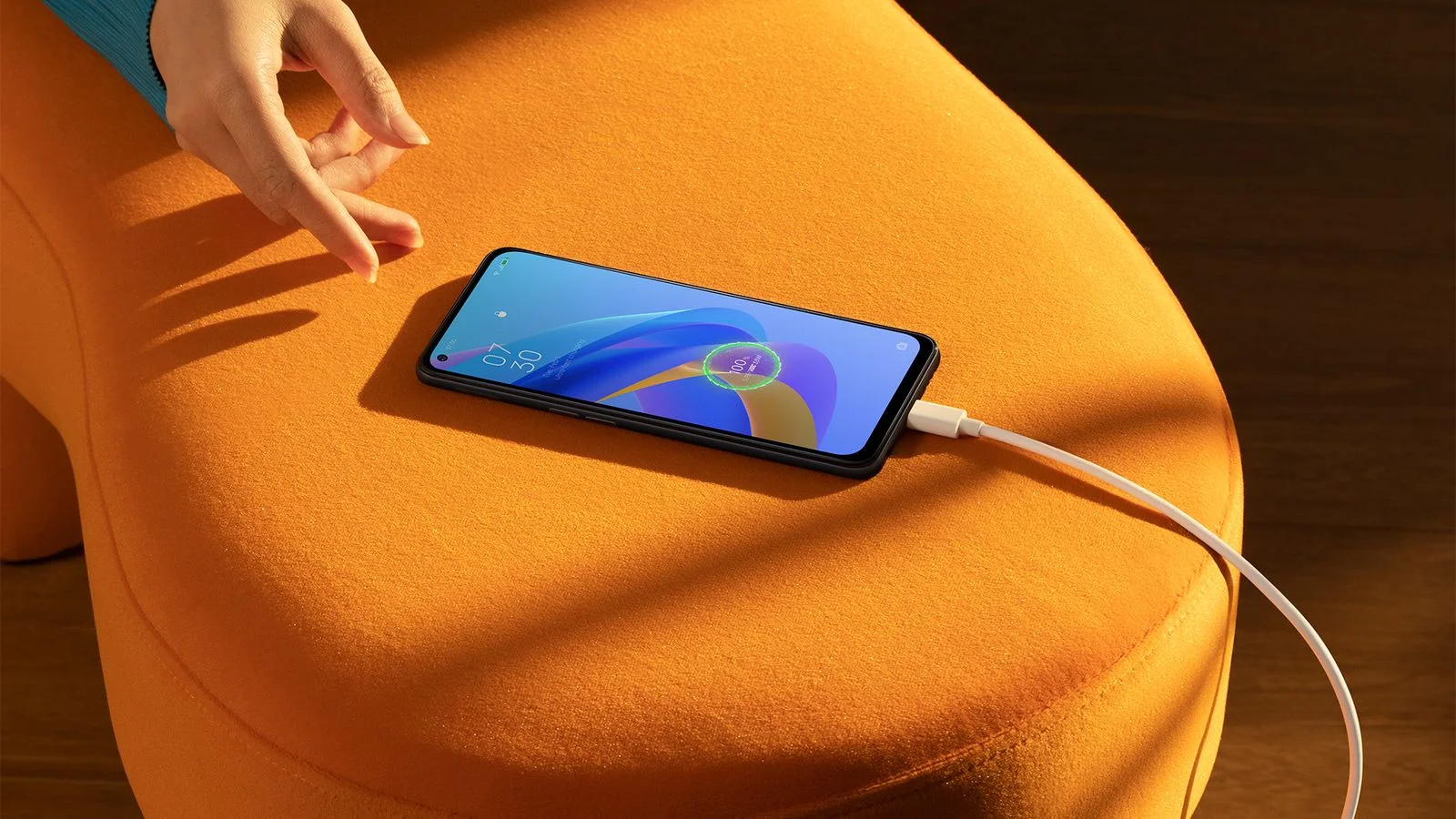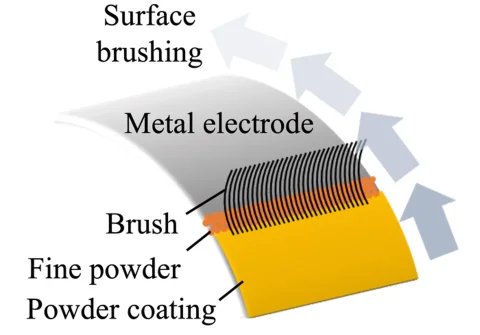Scientists have found a way to increase the capacity of batteries ten times

American experts have solved the problem of degradation of lithium-metal batteries. This type of batteries has great potential, as they are able to have a capacity 10 times higher than that of Li-ion batteries.

The lithium-metal battery does not use graphite as an anode, as in traditional Li-ion batteries, but pure lithium. Due to this, these devices have a large capacity, but they are quickly covered with specific formations - dendrites. In this regard, the risk of a short circuit increases, which leads to a reduction in the service life. To solve the problem, the scientists treated the surface of the lithium anode with a special brush, achieving a special surface texture. Next, a powdered composition of phosphorus and sulfur was applied to the surface. A chemical reaction took place between the powder and the metal, as a result of which a protective film appeared on the surface, preventing the occurrence of dendrites.

The protective layer has become a kind of composite that prevents the metal lithium from leaving, which is typical for conventional lithium metal batteries. The resulting battery was able to withstand 340 charge / discharge cycles, while maintaining 70% more capacity than similar devices without a protective film.

The lithium-metal battery does not use graphite as an anode, as in traditional Li-ion batteries, but pure lithium. Due to this, these devices have a large capacity, but they are quickly covered with specific formations - dendrites. In this regard, the risk of a short circuit increases, which leads to a reduction in the service life. To solve the problem, the scientists treated the surface of the lithium anode with a special brush, achieving a special surface texture. Next, a powdered composition of phosphorus and sulfur was applied to the surface. A chemical reaction took place between the powder and the metal, as a result of which a protective film appeared on the surface, preventing the occurrence of dendrites.

The protective layer has become a kind of composite that prevents the metal lithium from leaving, which is typical for conventional lithium metal batteries. The resulting battery was able to withstand 340 charge / discharge cycles, while maintaining 70% more capacity than similar devices without a protective film.





There are no comments yet :(